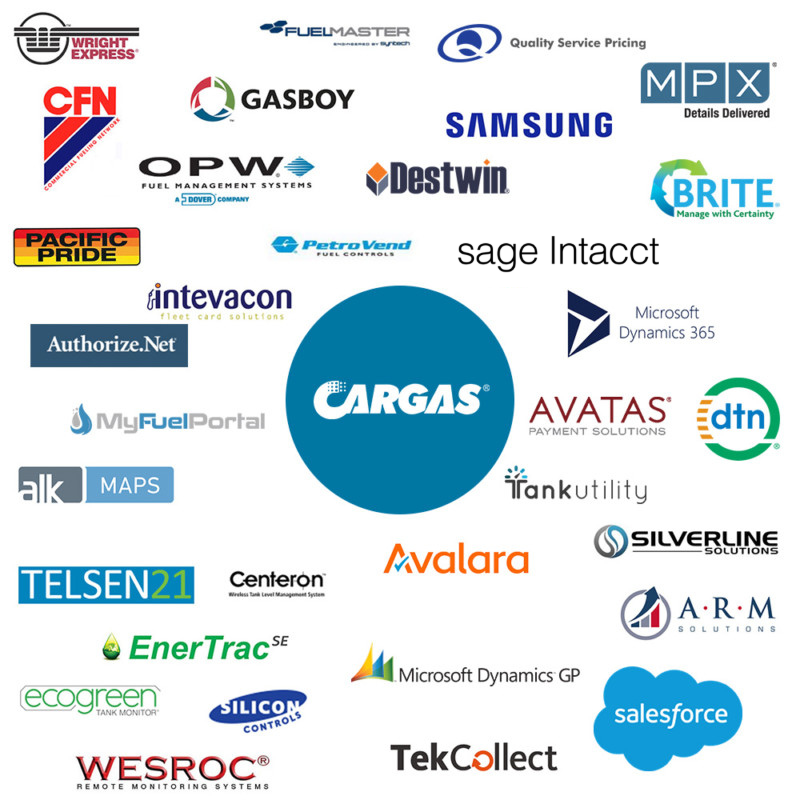Understanding Integration
Integration means linking two different software programs so they can talk to one another and share information. For example, if you integrate your back-office software with your accounting software, the two programs can share information like sales and cost of sales data for your financials.
Integrations between programs can be one-way or two-way. With one-way integration, information only flows in one direction, like from your back-office software to your accounting software. With two-way integration, information flows in both directions, from your back-office software to your accounting software and from your accounting software to your back-office.
What are the benefits?
When you integrate software, you basically take separate programs and allow them to work together as one.
Lots of options. With integration, you can custom-build a complete software solution by picking the programs that are best for your business and linking them together.
All the features you need. It’s challenging to find one software program that has all the features you need and performs every single function well. With integration, you don’t have to limit yourself to the features of one program. You can integrate with other programs that have the extra functionality you’re looking for.
No more data silos. Without integration, your data lives in separate programs. You have to manage it separately, even if it’s the same information, like your vendor list in your back-office software and your accounting software. When your programs share information through integration, it’s like having one system to store and manage data.
Efficiency. With integrated software, you eliminate inefficient workflows and reduce errors. If your back-office and accounting software are integrated, you can reduce manual data entry by pulling information from one program into the other automatically. When you only need to enter information once, you’re less likely to make a mistake, and you avoid conflicting data.
Customer experience. With integrated software, your team shares the same information, which keeps everyone on the same page. When a customer calls in, anyone they speak to will be equipped to answer their questions, and the story won’t change when they speak to a different team member.
What is a partner network?
Software providers often promote their partner network as a selling point for their software. A partner network is a group of other programs that have a pre-built integration to the provider’s software. A partner network for fuel delivery software might include tank monitoring, cardlock, and accounting software.
For you, a partner network means options. You get the software you need, plus a smorgasbord of other programs that it already works with. The bigger the partner network, the more options you get.
What if you want the software to integrate with a program that’s not in the partner network? That’s ok. It just means the integration will have to be built—a pretty approachable process with web- or cloud-based software that takes advantage of APIs (more on these below).

Not all software is integration friendly
Not all software is easy to integrate to other software. Older software was meant to work on its own. If you want to connect it to another program, you need a developer to write additional linking code and the rules for communication between the programs.
If the software lives on servers or computers in your office, the developer will need access to that hardware. Once the integration is written, it’s susceptible to breaking if you update either of the programs because the update might change or overwrite the developer’s code.
Today, most developers write APIs for their software. API stands for Application Programming Interface, but really it’s a connector piece used to link two software programs. APIs are basically pre-written rules of communication for software. Linking two programs with APIs is much easier and faster than writing the rules of communication from scratch. And because APIs are separate from the software itself, they aren’t affected by upgrades. APIs form stable, long-lasting connections between software programs.
Software that’s accessible through the internet, like web-based or cloud software, makes integration easy. Developers don’t need access to a physical server to build integrations between web-based or cloud software. They can access the software through the internet from anywhere in the world.
Integration and Cargas Energy
With integration, you can link the software programs you use to run your business so they function as one system. But not all software is integration friendly. If integration is important to you, look for software that includes APIs and is cloud- or web-based, like Cargas Energy.
Cargas Energy has its own set of APIs to be used for integration. As web-based software, it can be hosted in the cloud to easily accommodate integration with other cloud-based programs. But because of its APIs, Cargas Energy also allows for easy integration when it’s hosted on-premise.
Cargas Energy currently has pre-built integrations with Microsoft Dynamics 365 CRM and Sage Intacct Cloud Accounting. It’s partner network includes industry-leading solutions for routing, meters, collections, credit card processing, customer portals, business intelligence, tax compliance, price updates, tank monitoring, cardlock billing, and parts management. Remember, software with a large partner network will give you the most options for pre-built integrations.
Wondering what integration can do for you? We’ve built integrations between Cargas Energy and solutions from other industry-leading providers to help our customers improve efficiency and productivity. Contact us to learn more and get a free assessment of your company’s needs.